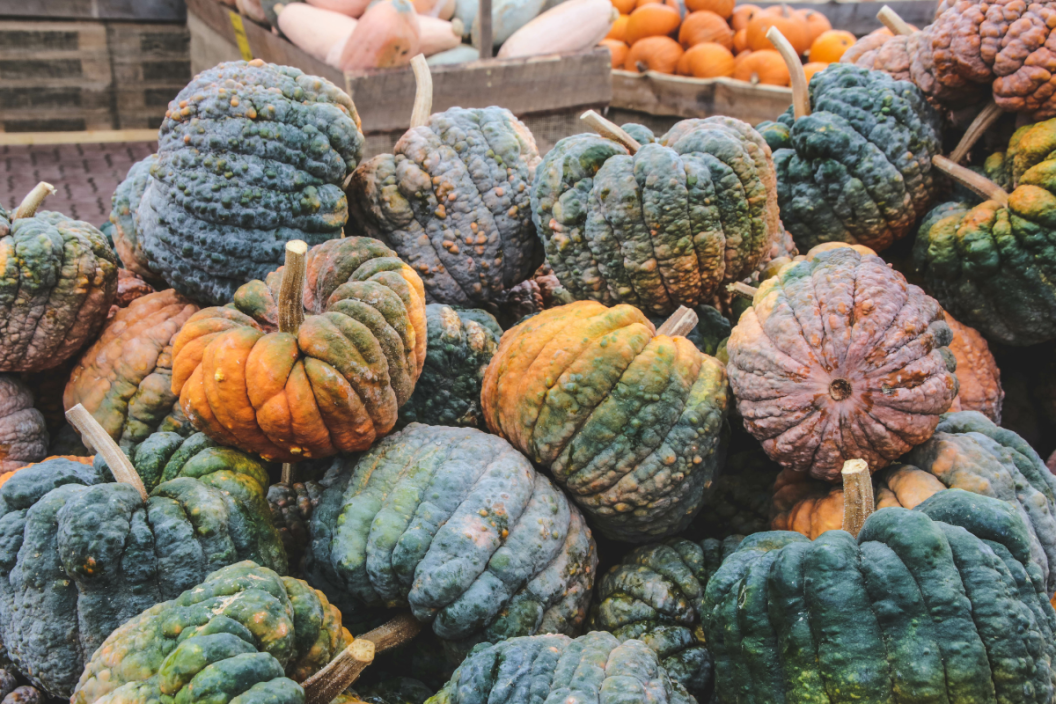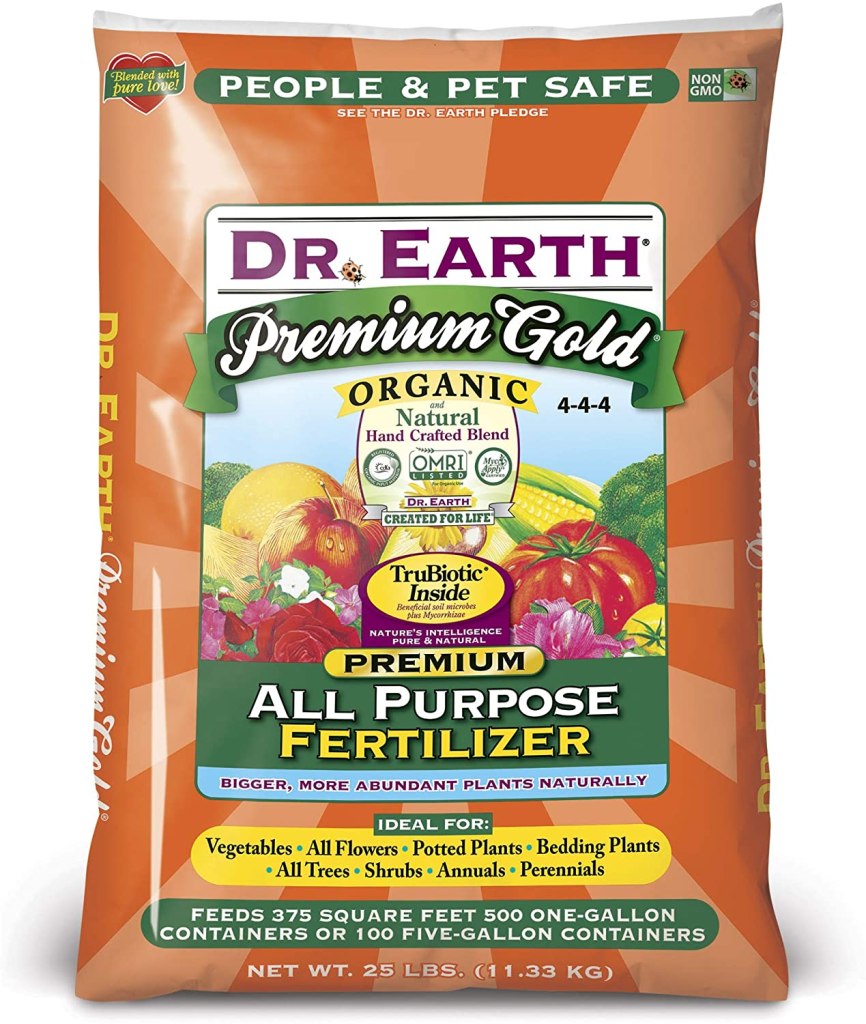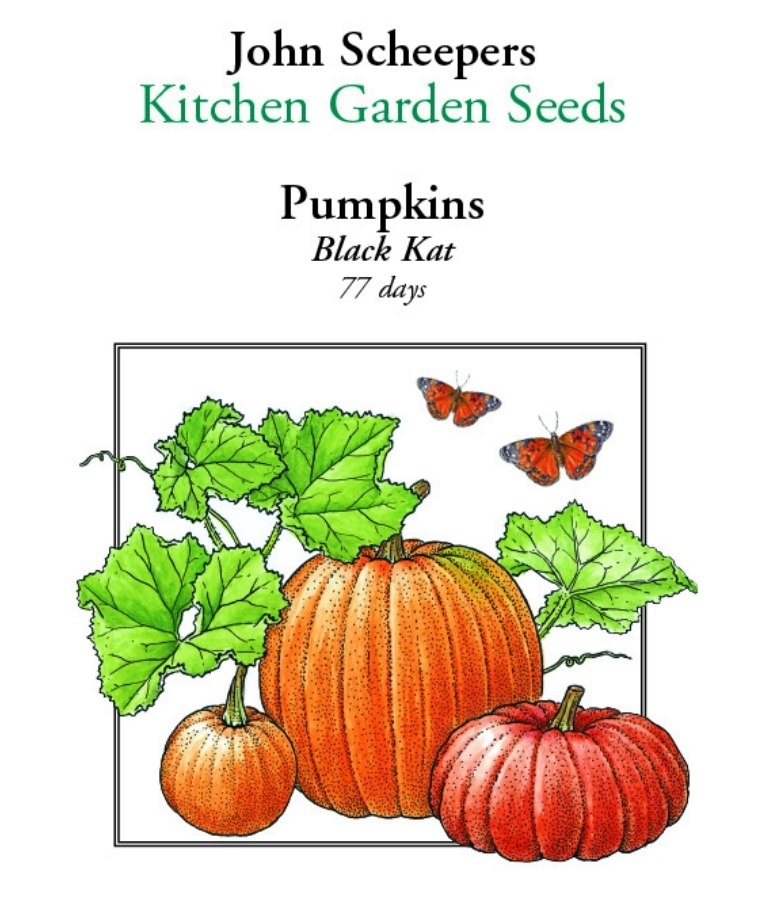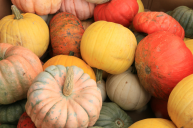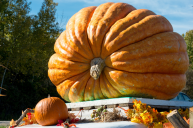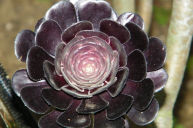Autumn is in full swing, and for many, this means taking a trip to the pumpkin patch and enjoying fresh cider, a corn maze, and the chance to pick out a pumpkin. Some people go for the classic orange pumpkin, while others choose the tall and thin, warty, or speckled with bits of green coloring. That's often where the variety stops, but as it turns out, there are not only orange pumpkins, but pumpkins in black and white. In fact, there are pumpkins in all shapes, sizes, and colors, and one of the spookiest around is the black pumpkin.
Videos by Wide Open Country
Black Pumpkins in Halloween Decor
One of my favorite things about fall is seeing my neighbors' Halloween decorations. Nothing sets the mood for Halloween like jack-o-lanterns and other fun Halloween decor. Since this year will probably not involve many Halloween parties due to covid-19, a fun but covid-friendly way to celebrate the changing of the seasons is to use unique fall decorations. If this sounds fun to you, one way to do this is buying- or growing, but we'll get to that later- black pumpkins and then making black jack-o-lanterns.
Traditionally, Halloween pumpkins are orange, but they can also be made from white pumpkins or black pumpkins. Some folks like to use stencils for perfectly designed jack-o-lanterns, while others go for a diy carving pattern. Halloween decor can be whatever you want it to be- along with jack o lanterns, many people make fun but creepy Halloween displays with spiderwebs and fake bones. Gourds are also a great way to add color and versatility to your home decor, as they can be placed on display by your front door or add a touch of color to your home office.
Another great result of carving Halloween pumpkins is that you're left with pumpkin seeds, which can be super yummy when cooked with the right seasonings. This winter squash is very versatile, as it functions as decoration and as a cooking ingredient. Now that we've sold you on pumpkins, you may be wondering- What is a black pumpkin and how do you grow it?
How to Grow Black Pumpkins
Black pumpkins are just like other varieties, except for their distinct color. Some of the most common black pumpkin species are called Black Futsu and Black Kat. One of the best aspects of pumpkins is that they can grow pretty much anywhere as long as they're given what they need to thrive!
Similar to heirloom tomatoes, pumpkins need lots of sunlight and plenty of water. For pumpkin plants to grow, they need at least six hours of direct sunlight every day, so plant them in the sunniest spot in your garden. They also need ample room to spread out, along with good fertilizer, which can be found online at amazon or in some retail stores like bed bath & beyond. To start your pumpkin adventure, buy some quality fertilizer.
Plant the Seeds
While orange pumpkin seeds are easy to find, it can be tough to locate the rarer black species.
Pumpkins are not a friend of cold or frost, and you can plant them anytime as long as they're not in danger of these elements. If you're hoping to have them ready for Halloween, they should be planted in late May in northern areas of the country and early July in southern regions.
However, if you live somewhere with late frost, you'll need to take extra care with your black pumpkins. You can simply buy pumpkin seedlings and plant them outdoors when the frost is over, or you can try your hand at growing your seeds indoors and then bringing them outside when the risk of frost is gone.
In this case, your seeds should be planted 4-6 weeks before the last frost in your area. To plant your black pumpkin seeds successfully, place each seed in the center of a pot and give it plenty of water- it's best if the soil is always moist. Keep your pot by a window where it can soak up lots of sun.
It should take a little over a week for your seeds to germinate. Once your plants have sprouted, keep feeding them water and sunshine until they grow two sets of leaves. Once these sets of leaves have grown, you can plant your baby pumpkin plants outdoors in the garden, choosing your sunniest spot.
Help them Grow!
Once the pumpkins seedlings are in the ground, the hardest part is over. Keep watering your pumpkins generously, and use organic fertilizer.
Hopefully, at this point you will have a few black pumpkins decorating your garden, and next year your Halloween decor will be the envy of the neighborhood! If you missed the chance to plant them before the frost, you can always add black pumpkin seeds to your amazon wish list and start your spooky experiment next year.
